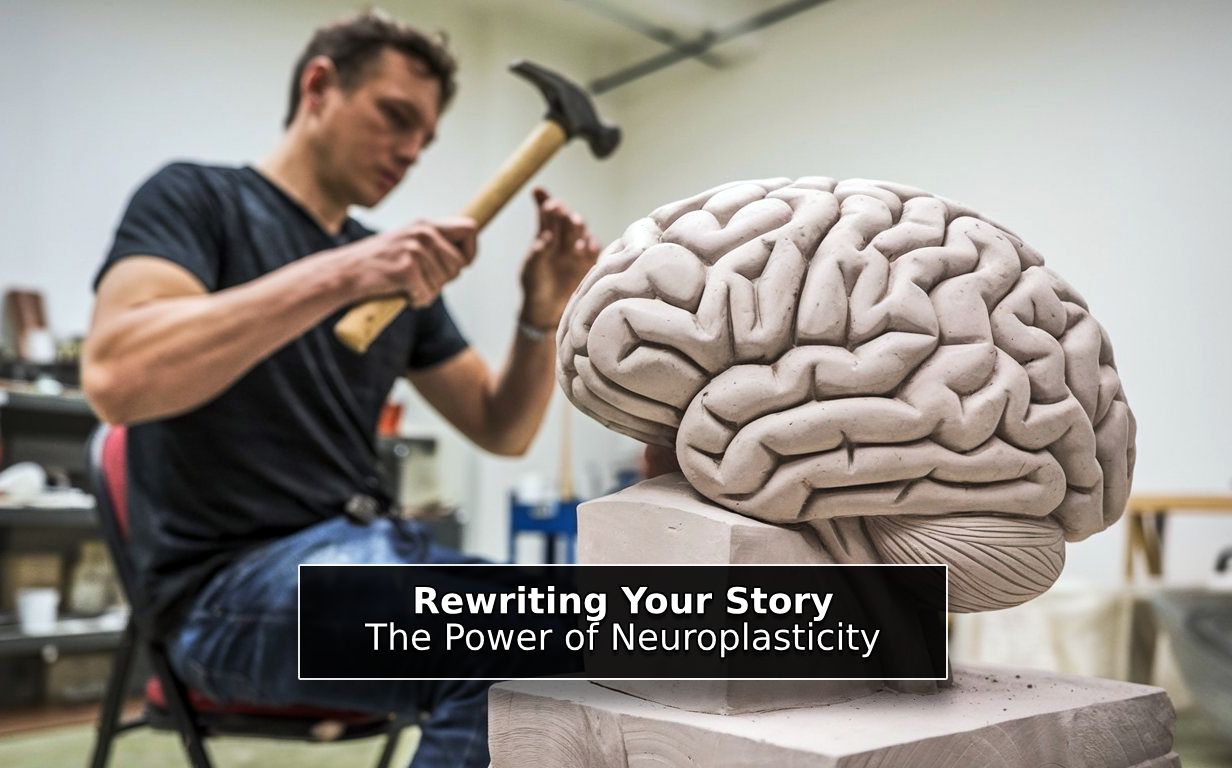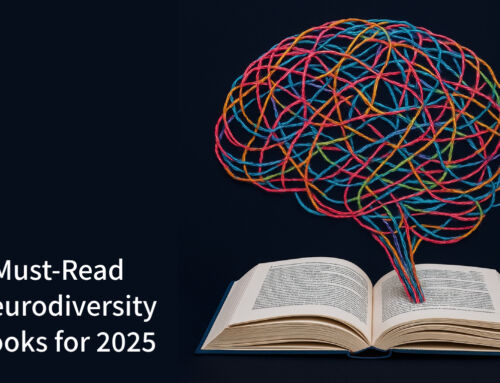Rewriting Your Story: The Power of Neuroplasticity
The Plasticity of the Mind: The Key to Lasting Change
Our brain isn't a static organ, but rather a dynamic one, constantly shaping and reshaping itself. Neuroplasticity, the brain's capacity for change and growth, is a remarkable ability that allows us to learn, evolve, and adapt to a changing world. Much like a sculptor molds clay into a masterpiece, we can shape our thoughts, feelings, and behaviors. Every experience, every lesson, and every challenge rewires our neural networks, enabling us to acquire new thought patterns and behaviors, overcome obstacles, and become better versions of ourselves.
However, it's crucial to remember that neuroplasticity is a double-edged sword. Trauma and adversity can form negative neural connections that can influence our thoughts and behaviors for extended periods. Understanding the power of neuroplasticity empowers us to both comprehend the origins of our challenges and harness the brain's potential to create positive change in our lives.
Awareness: The Catalyst for Change
Awareness is the key to unlocking the potential of neuroplasticity. When we become conscious of our thoughts and feelings, we illuminate them. It's akin to shining a light on a plant; when illuminated, it's easier to identify unhealthy leaves and tend to them. Similarly, when we shine a light on our unhelpful thoughts and emotions, it becomes easier to replace them with healthier ones.
Naming Emotions and Labeling Thoughts: The Key to Transformation
Paying attention to, identifying, acknowledging, and labeling our emotions and thoughts is crucial for change. Techniques like mindfulness teach us to be present in the moment and observe our thoughts and feelings without judgment. When we become aware of our thoughts, we can choose to replace them with more constructive ones.
One of the most powerful tools for working with neuroplasticity is giving specific names to our emotions and thoughts. When we label an emotion, such as anger, sadness, or joy, we separate it from our identity and allow ourselves to observe it from a more objective perspective.
Why is this important?
Creating Distance: Labeling an emotion creates psychological distance between us and the emotion. Instead of feeling "I am sad," we can say "I am experiencing sadness." This allows us to observe the emotion from a distance and understand it better.
- Deeper Understanding: Labeling an emotion allows us to explore its origin and its impact on our behavior.
- Emotional Regulation: When we know the names of our emotions, it's easier to regulate them and manage them.
- Effective Communication: Labeling our emotions improves our ability to communicate with others and express ourselves clearly.
- Understanding Thought Patterns: Labeling our thoughts helps us identify recurring patterns and challenge negative thinking.
Practical Exercises:
- Emotion Journal: Dedicate a few minutes each day to write about the emotions you experienced. Try to assign a specific name to each emotion.
- Thought Labeling Exercise: Choose a negative thought and think of a label for it. Ask yourself: Is there any real evidence to support this thought? Are there alternative explanations?
Harnessing the Power of Neuroplasticity
- Mindfulness: Being present in the moment and observing your thoughts and feelings without judgment.
- Cognitive-Behavioral Therapy (CBT): Identifying and challenging negative thoughts.
- Acceptance and Commitment Therapy (ACT): Accepting your thoughts and feelings while taking action aligned with your values.
- Learning and New Experiences: Engaging in new activities to create new neural connections.
- Supportive Environment: Building positive relationships and creating a nurturing environment.
In conclusion, neuroplasticity is an incredible gift. By understanding its power and utilizing techniques like mindfulness, CBT, and ACT, we can transform our lives. Our brain is a living sculpture, and we are the sculptors.
Note: The information presented in this article is for informational purposes only and is not a substitute for professional advice, medical treatment, or psychological counseling. If you are dealing with stress or distress, seek the advice of a mental health professional or medical doctor.
Contact now
Ready to take the first step towards positive change? Contact me now for more information and to schedule an appointment. Whether you prefer in-person sessions in Tel Aviv or virtual meetings via Zoom, my integrated approach of Cognitive Behavioral Therapy (CBT) and Acceptance and Commitment Therapy (ACT) can help you break free from struggles and find greater fulfillment in life. I'll be sure to get back to you as soon as possible. Let's embark on this transformative journey together!
Call Whatsapp 052-2325511
Or fill out the following form.
Can ACT and CBT assist you or your loved ones?
Welcome to my therapy practice, where I offer a powerful combination of Cognitive Behavioral Therapy (CBT) and Acceptance and Commitment Therapy (ACT) techniques. CBT is a goal-oriented, short-term approach that's highly effective for anxiety, depression, low self-confidence, and more. ACT complements CBT, helping you navigate life's challenges and find fulfillment and authentic, happier life.
If you're struggling with anxiety, depression, low self-image, or facing setbacks, CBT combined with ACT may be the key to transforming your life. Break free from the struggle and take a step towards a happier, more fulfilling life.
Contact me today to schedule an appointment and embark on your journey of positive change. You don't have to face it alone; I'm here to support you every step of the way. Let's work together to create the life you deserve!





